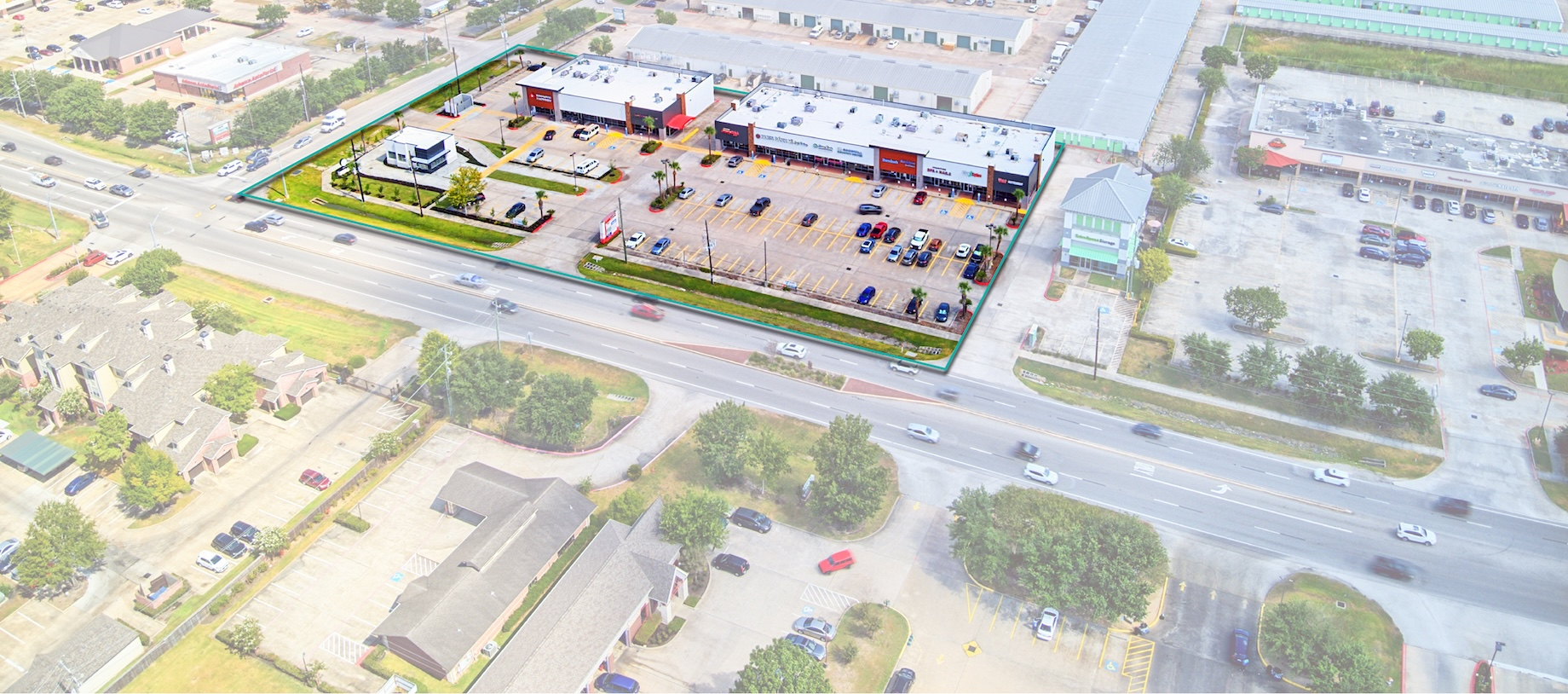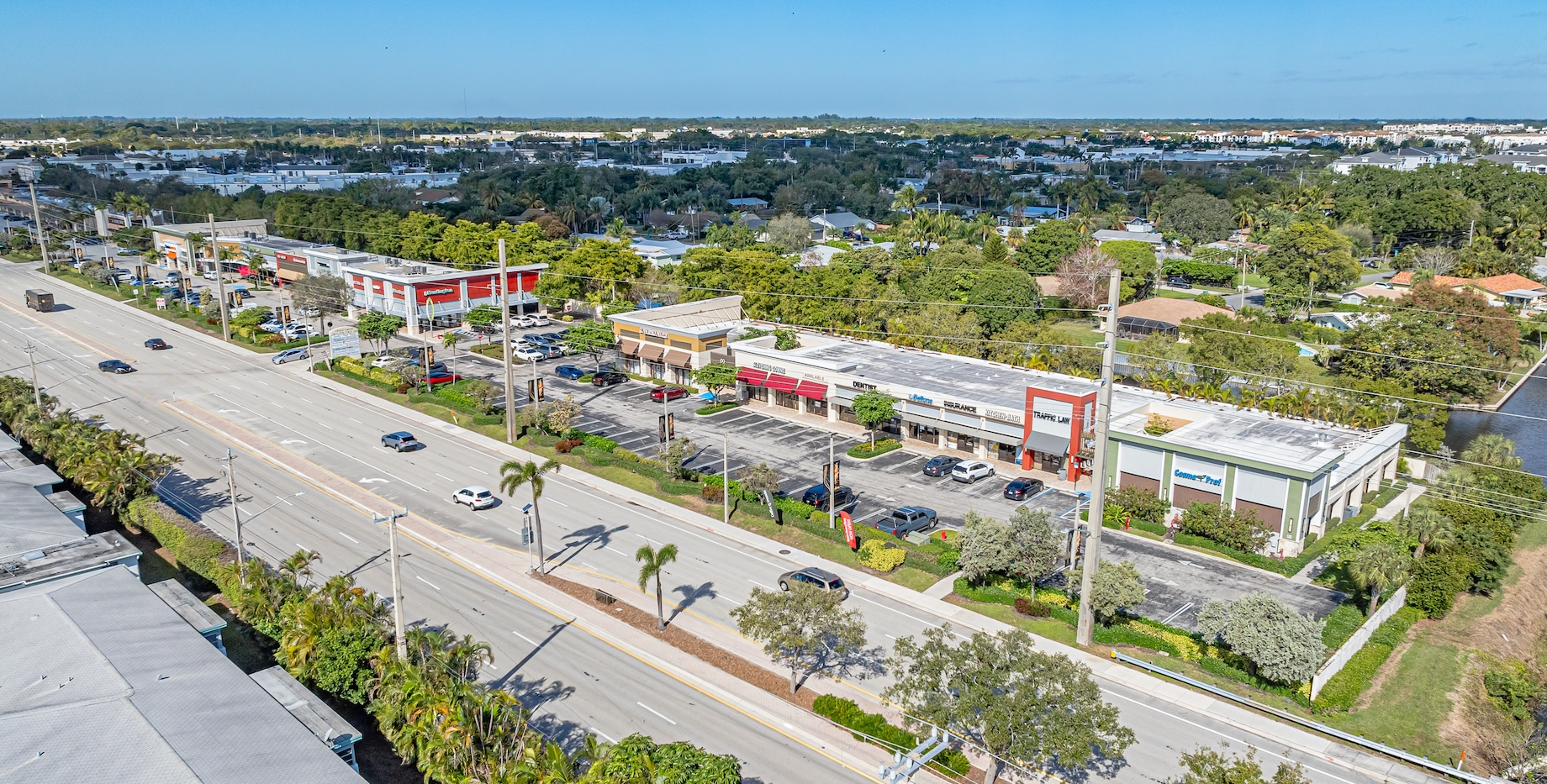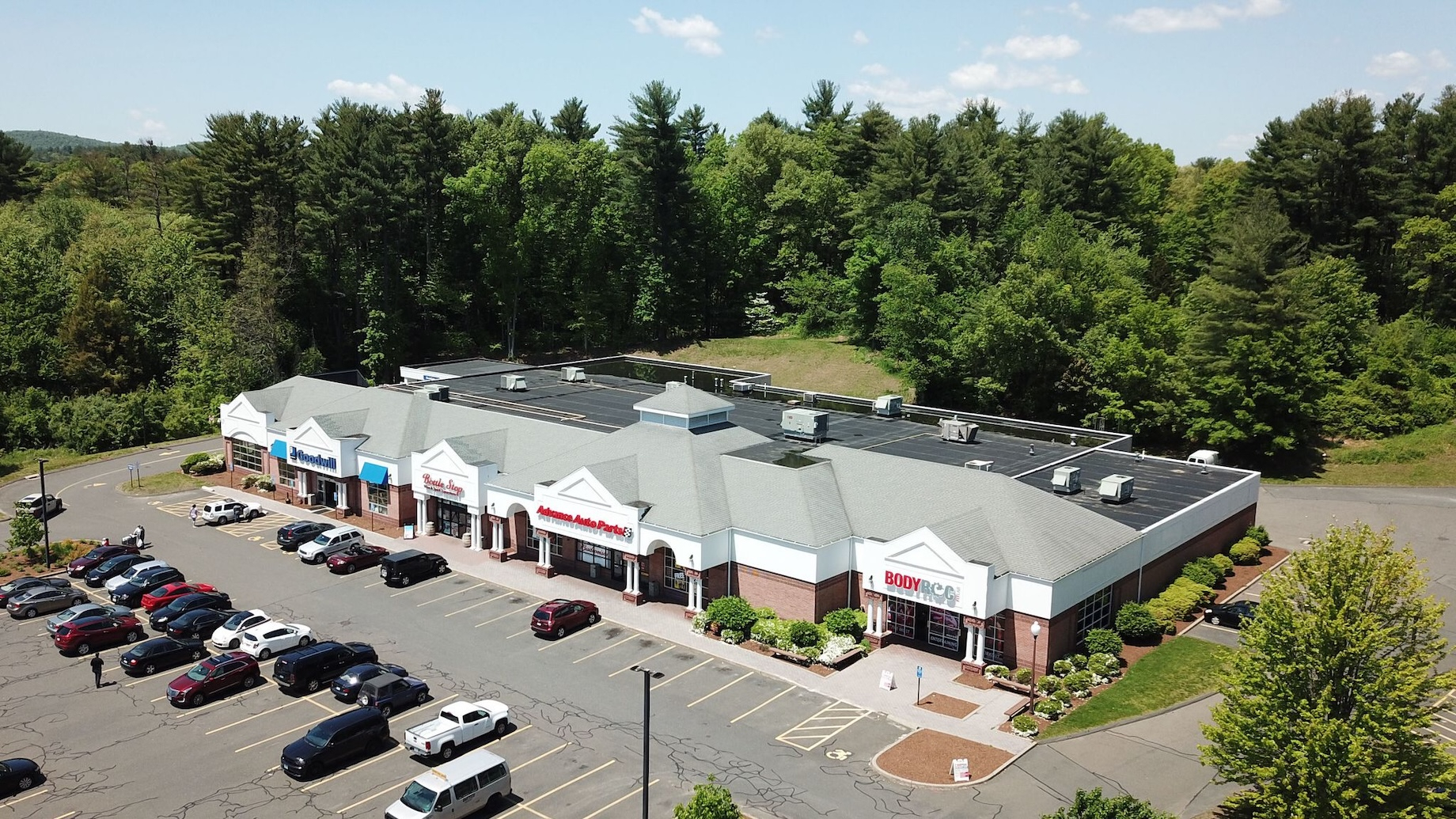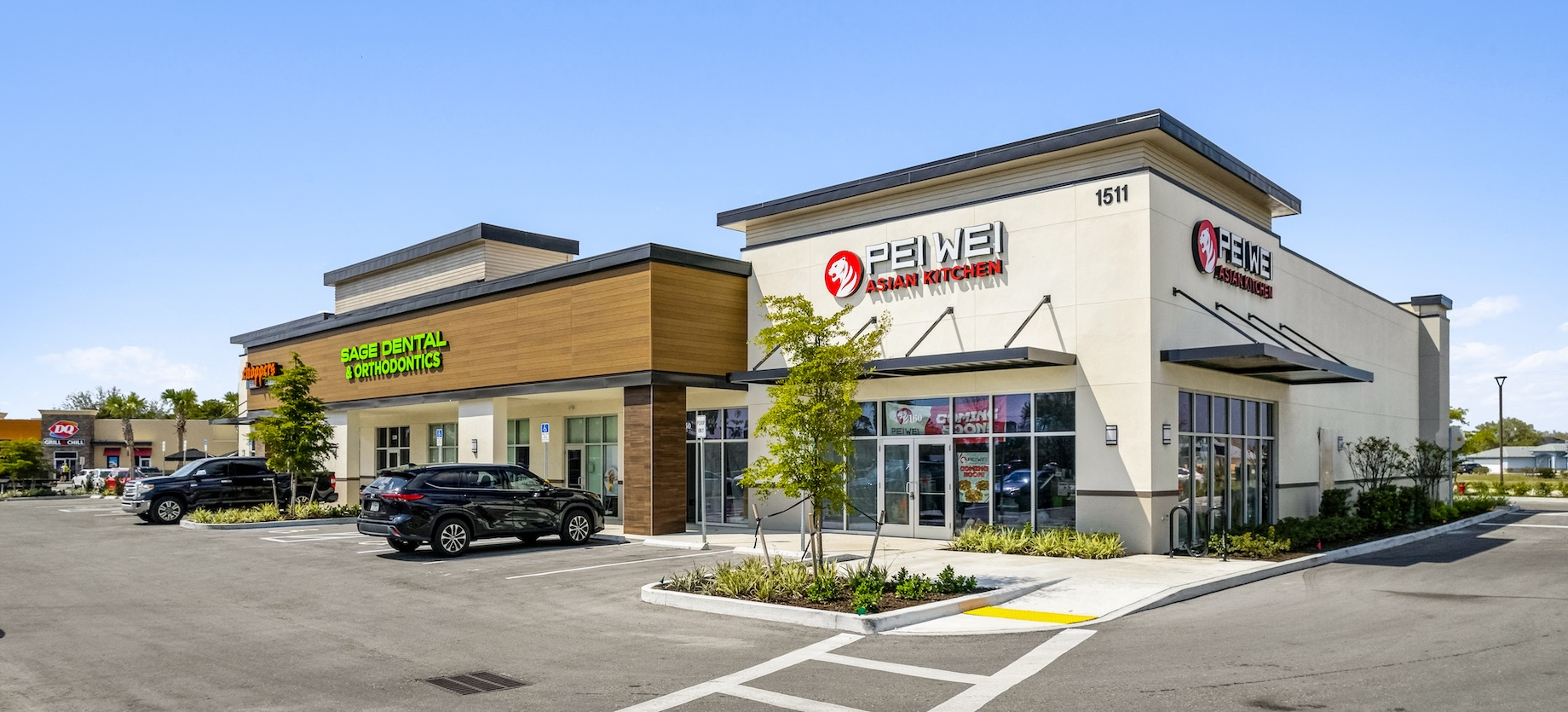The Short Version
- Strip centers are overcoming a perception as unproductive compared with other retail sectors, particularly grocery-anchored to attract healthy institutional and private investor interest.
- Favorable cap rates, low capital expenditures, high renewal rates, healthy interest from diversified tenants and a consumer trend toward convenience translate to stability, cash flow and strong returns on investment for strip centers.
- Relatively short lease terms mean owners of unanchored strip centers can take advantage quickly of rising market rents in today’s supply-constrained retail real estate environment.
Investors Spy Both Cash Flow and Strong Returns in Unanchored Centers
Given the lack of new retail property construction and the durability of unanchored centers — which have withstood pandemic lockdowns, inflation, tariffs and more — the assets have become the new grocery-anchored properties of investment demand.
For a time, investors targeted strip centers the least, no small feat considering most all of retail real estate had fallen from favor compared with other property types. They lacked the stable cash flow and traffic drivers of grocery-anchored assets and, to new urbanists, epitomized suburban sprawl.
Institutional Investors Catch On to the Durability of Strip Centers
“Strip retail is like the street fighter that keeps on going,” declared John Indelli, senior director of capital markets in JLL’s Houston office. “Its fundamental growth has been strong, and institutional investors are seeing that.”
“Strip retail is like the street fighter that keeps on going.”
Indeed, over the years, regional investment managers like SouthCoast, Crow Holdings and Shannon Waltchack have focused on unanchored centers, he pointed out. A year ago, however, real estate investment trust Curbline Properties spun out of Site Centers to buy unanchored centers exclusively, and now Phillips Edison & Co. is adding unanchored centers to its grocery-anchored portfolio. And Indelli added that equity funds that partner with private developers and operators display a growing appetite for unanchored strip centers, as do lenders.
For its part, Curbline is assembling a portfolio of unanchored centers in wealthy U.S. submarkets experiencing population and employment growth. It spent $159 million in the second quarter on a portfolio of 23 unanchored retail assets, which it calls “convenience properties,” primarily in the Southeast. The approach continues the strategy Site Centers began in 2019 to acquire unanchored strip centers, and since July 2024, Curbline has completed $891 million in acquisitions.

In July, Curbline Properties paid $13 million for Silverlake Center, a 25,000-square-foot unanchored center in Pearland, Texas. Tenants include Starbucks, Kolache Factory, Goodwill Donation Center, Jersey Mike’s Subs and OneMain Financial. Image courtesy of Curbline Properties
Strip Centers Offer Low Capex, High Renewal Rates and Demand From Diverse Tenants and Convenience-Seeking Consumers
Ownership fragmentation forms part of the asset category’s appeal, said Curbline executive vice president and CFO Conor Fennerty. According to CoStar, some 71,000 unanchored centers are spread across the U.S. Another attraction: Lower capital expenditures for leasing and filling vacancies retains cash flow, he said. Such centers also boast high renewal rates. And abundant demand from gyms, restaurants, salons, medical operators and other users enhances tenant-roster diversification.
“When we began to introduce this sector to public investors, they thought of them as really low-quality assets, and our joke internally was that they were filled with tattoo parlors and vape shops,” Fennerty recalled. “But when investors began to think about how the assets fit into the daily lives of consumers, they started to appreciate that the properties have a much higher-quality tenant lineup.”
“When investors began to think about how the assets fit into the daily lives of consumers, they started to appreciate that the properties have a much higher-quality tenant lineup.”
Unanchored strip centers are generally smaller than grocery-anchored projects, often ranging from around 20,000 to upward of 70,000 square feet. More relevant to the profile than size is quick and easy access to internet-resistant stores: everyday services, local and national retailers, and food-and-beverage operators. “Strip centers save people time,” Indelli added. “Time is the anchor.”
Strip Centers Come at a Discount and Offer Room To React to Increases in Market Rents
Additionally, unanchored centers and their relatively short lease terms provide investors the ability to react to rising market rents, observers say, whereas a grocer tends to lock in a rental rate for 20 years or more on a large portion of the asset.
Unanchored strips also trade at a roughly 10% discount compared to grocery-anchored centers, said Cole Perry, associate director of research for commercial real estate researcher Altus Group. That’s presumably in exchange for the lack of both long-term income stability and central traffic drivers.
“Strip centers save people time. Time is the anchor.”
Then again, the absence of an anchor can help prevent a spiral in vacancies. “While grocery anchors are typically stable, the minute a grocer leaves, other tenants can leave as co-tenancy clauses kick in,” he said. “Strip centers are pretty attractive, and because they may not be looked at as a safe haven like grocery-anchored centers, buyers can still get them at an attractive yield.”
Favorable Cap Rates Mean High Returns for Unanchored Centers
Phillips Edison began exploring unanchored centers about 18 months ago and had amassed 11 as of the end of the second quarter, roughly 3.5% of its 36.5 million-square-foot portfolio, according to comments by Phillips Edison president Bob Myers on a July earnings call. The REIT bought four of those, totaling nearly 250,000 square feet, in the first half of 2025 for roughly $75 million. It expects the property type to reach about 10% to 15% of its property holdings.
Myers and CEO Jeff Edison further explained that Phillips Edison was leveraging market knowledge, looking in spots where it already has a presence to identify deals with good initial yields and an opportunity to increase rents. They also expected the assets to generate returns at least 100 basis points higher than its core grocery-anchored centers based on the capitalization rates at purchase.

Phillips Edison & Co. paid $16.35 million for Cross Creek Centre during the second quarter. Tenants at the 37,192-square-foot, unanchored strip center in the Miami suburb of Boynton Beach include Comfort Care Dental, The UPS Store, Smoothie King and Metro by T-Mobile Photo courtesy of Phillips Edison & Co.
Unanchored centers are “a natural complement to what we do well day in and day out, [and] early indications are very positive,” Myers said on the second-quarter earnings call. “If we can be selective over the next two or three years and continue to acquire this type of product, I think we’ll do very well.”
Private Investors and Developers Are Pivoting to Unanchored Strip Centers
Private investors gravitating toward the space include Kempner Properties, based in White Plains, New York. The family firm began acquiring neighborhood and grocery-anchored centers in the Northeast more than three decades ago, said Robert Kempner, a managing partner with the family firm. Over the past several years, it shifted to multifamily but now is revisiting retail, including unanchored centers. “Because of economic trends and our history, we’ve found ourselves buying shopping centers again,” he said.

Kempner Properties recently acquired six unanchored retail centers, including 248 W. Main Street in Avon, Connecticut. The 48,213-square-foot center’s tenant roster includes Advance Auto Parts, Bottle Stop, Goodwill and Town Fair Tire. Photo courtesy of Kempner Properties
Early this year, Kempner Properties purchased six neighborhood centers totaling 127,000 square feet in Connecticut and Rhode Island from the estate of the founder of the Town Fair Tire chain founder for $30.8 million. Kempner is considering retail investment in the Southeast, as well, Robert Kempner said.
Meanwhile, private developer Thompson Thrift, which typically builds and stabilizes projects for eventual sale, now is on the hunt for development sites and value-add opportunities. It is constructing South Tempe Square, a 27,000-square-foot neighborhood center in Arizona. Tenants like Pacific Dental, Luna Grill and GoodVets had leased nearly 75% of the space as of August. Thompson Thrift also recently completed a 44,000-square-foot unanchored center in Cape Coral, Florida.

Thompson Thrift recently completed Cape Coral Commons, a 44,000-square-foot unanchored center in Florida. The project includes Firehouse Subs, Paragon Healthcare, Visionworks, Pei Wei and Sage Dental & Orthodontics.
“When you look at the retail uses that are really active today, whether it’s a Pilates studio or nail salon or other good, quality service or restaurant, the majority of those tenants don’t depend on anchors as much as traditional retailers have,” said Thompson Thrift managing partner for commercial properties Ashlee Boyd. “We’re seeing new investment groups coming into the space as occupancies for well-located and newly developed retail are extremely high.”
MORE FROM C+CT: Don’t Overlook Workhorse Services Tenants: The Quiet Drivers of Retail Success
By Joe Gose
Contributor, Commerce + Communities Today